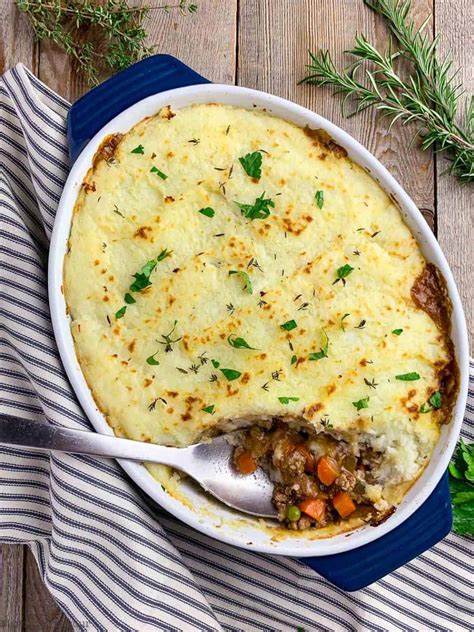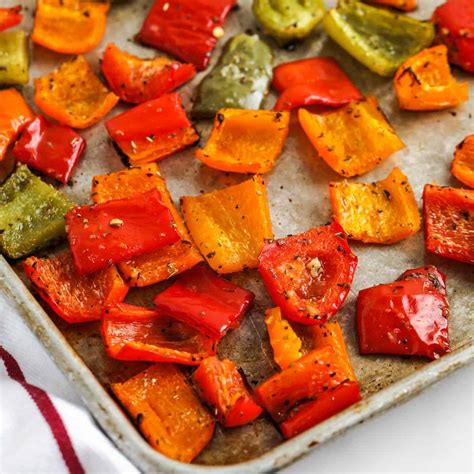Discover traditional Namibian dishes, explore local ingredients, and create fusion cuisine. Learn about popular desserts and healthy eating in Namibian cuisine.
Traditional Namibian Dishes
Contents
Traditional Namibian dishes are a reflection of the diverse cultural heritage and the rich natural resources that the country has to offer. Namibian cuisine is influenced by the indigenous foods of the Herero, San, and Ovambo people, as well as the colonial history of German and South African settlers. The result is a unique blend of flavors, ingredients, and cooking techniques that make Namibian dishes stand out.
One of the most popular traditional Namibian dishes is kapana, which is a type of street food that originated from the Ovambo tribe. It consists of grilled skewers of meat, typically beef, and is often served with a spicy tomato sauce and bread. Kapana is a beloved dish that can be found at markets and street stalls throughout Namibia, and is enjoyed by both locals and tourists alike.
Another traditional Namibian dish that is worth trying is potjiekos, a slow-cooked stew that is typically made with game meat, such as kudu or ostrich, and a variety of vegetables. The dish is cooked in a three-legged pot over an open flame, which imparts a smoky flavor to the stew. Potjiekos is a hearty and flavorful dish that is often enjoyed during social gatherings and special occasions.
In addition to these dishes, biltong is another iconic Namibian food that is enjoyed as a snack or appetizer. It is made by curing and air-drying strips of meat, typically beef or game meat, and is seasoned with a blend of spices and vinegar. Biltong is a popular snack that is enjoyed by Namibians of all ages, and is often paired with a cold beer or a glass of wine.
Overall, traditional Namibian dishes are a reflection of the country’s vibrant culture and natural resources, and are a must-try for anyone visiting Namibia or looking to experience the flavors of this unique cuisine.
Exploring Namibian Ingredients
Namibian cuisine is known for its unique and diverse ingredients that are used to create flavorful dishes. From the coastal region to the inland plains, Namibia is home to a wide variety of ingredients that are reflective of its rich cultural heritage.
One of the most popular and versatile ingredients in Namibian cuisine is the mopane worm. These protein-rich caterpillars are harvested from mopane trees and are a staple in many traditional dishes. They can be fried, boiled, or dried and are often used to add a unique flavor and texture to stews and sauces.
Another essential ingredient in Namibian cooking is mielie meal, which is a type of maize flour that is used to make porridge, bread, and pap. This versatile ingredient is a staple in many Namibian households and is used as a base for various dishes.
Additionally, Namibia is known for its abundance of fresh seafood, including fish, oysters, and lobster. These ingredients are commonly used in coastal cuisine and are often prepared with locally sourced herbs and spices to create delicious and aromatic dishes.
Overall, exploring Namibian ingredients offers a glimpse into the diverse and flavorful culinary landscape of this African country. From indigenous plants and game meats to freshly caught seafood, Namibian cuisine is a true reflection of the country’s natural resources and cultural traditions.
Creating Namibian Fusion Cuisine
When it comes to creating Namibian fusion cuisine, the possibilities are endless. With a rich culinary heritage influenced by various cultures, Namibian cuisine offers a unique blend of flavors and ingredients that lend themselves well to fusion cooking.
One way to create Namibian fusion cuisine is by combining traditional Namibian dishes with ingredients and cooking techniques from other cultures. For example, incorporating Asian spices and cooking methods into Namibian stews or marinating Namibian meats in South American-inspired flavors can result in exciting and delicious fusion dishes.
Another approach to creating Namibian fusion cuisine is by using local Namibian ingredients in non-traditional ways. From baobab fruit to wild game meats, Namibia offers a wide array of unique ingredients that can be incorporated into fusion dishes, such as baobab fruit smoothie bowls or grilled kudu skewers with a Moroccan spice rub.
Additionally, embracing the concept of fusion cuisine means being open to experimentation and creativity. Chefs and home cooks alike can draw inspiration from Namibia’s diverse culinary landscape to develop innovative fusion recipes that showcase the best of both Namibian and international cuisines.
Popular Namibian Desserts
Namibian desserts are not only delicious but also hold a special place in the hearts of the locals. One of the most popular desserts in Namibia is the Amarula Chocolate Mousse. This delightful treat combines rich chocolate with the creamy Amarula liqueur, creating a decadent dessert that is enjoyed by many.
Another beloved Namibian dessert is the Fat Cake, which is a deep-fried dough pastry that is often served with a sweet syrup or jam. This mouthwatering treat is a staple at gatherings and celebrations, and its crispy exterior and soft center make it a favorite among locals and visitors alike.
For those with a sweet tooth, the Namibian Melktert is a must-try. This traditional milk tart features a flaky pastry base filled with a creamy custard filling, and is often topped with a sprinkling of cinnamon. The combination of textures and flavors in this dessert make it a popular choice for anyone looking to satisfy their cravings.
When it comes to traditional Namibian desserts, the Kapana is a beloved option. This dish consists of grilled meat served with a side of bread or rolls, and is often enjoyed as a sweet and savory treat. The tender, flavorful meat combined with the soft bread creates a delectable dessert that is a true delight for the taste buds.
No matter which dessert you choose to indulge in, Namibia offers a wide variety of sweet treats that are sure to leave you satisfied and wanting more.
Healthy Eating in Namibian Cuisine
When it comes to healthy eating in Namibian cuisine, the focus is on using fresh, locally-sourced ingredients that are nutrient-rich and full of flavor. Namibian dishes often include a variety of fruits and vegetables such as spinach, pumpkin, tomatoes, and onions, all of which are packed with essential vitamins and minerals.
In addition to fruits and vegetables, Namibian cuisine also incorporates lean proteins such as fish and game meats, which are high in protein and lower in fat compared to red meats. These proteins are often prepared using traditional cooking methods such as grilling or stewing, which helps to retain their natural flavors and nutrients.
Another important aspect of healthy eating in Namibian cuisine is the use of whole grains such as millet and sorghum, which are rich in fiber and contribute to better digestion and overall health. These grains are often used to make staple foods like porridges or flatbreads, providing a satisfying and nutritious base for many Namibian meals.
Lastly, Namibian cuisine emphasizes the use of natural seasonings and spices such as coriander, chili peppers, and garlic, which not only add depth of flavor to dishes but also offer health benefits such as anti-inflammatory and antioxidant properties. By incorporating these natural flavors, Namibian cuisine is able to create delicious and healthy dishes that are good for both the body and the soul.












